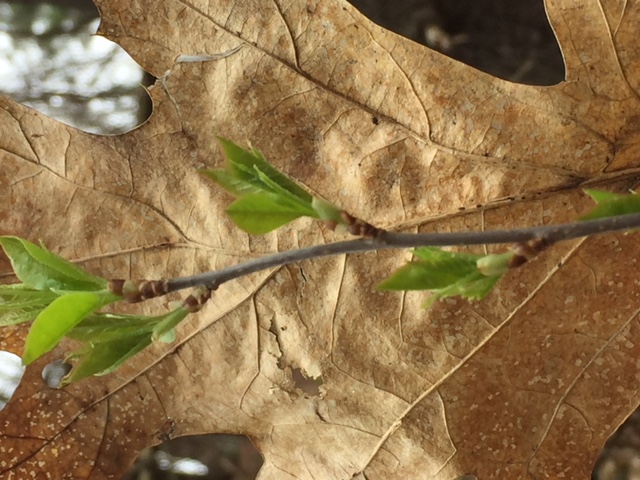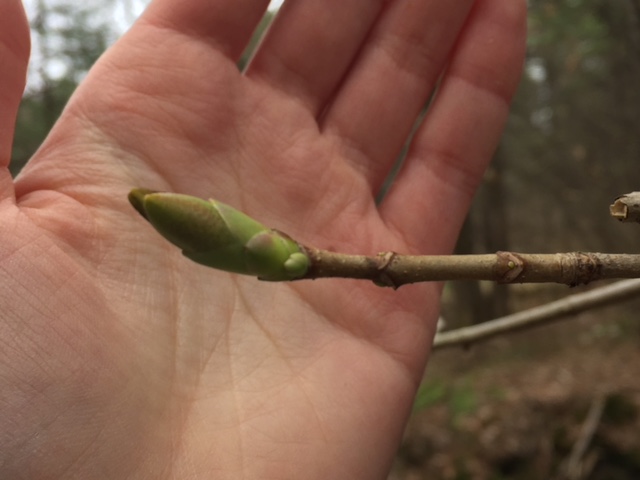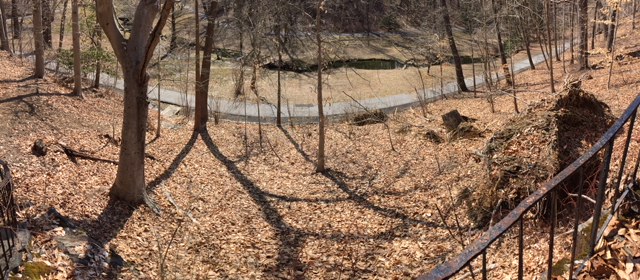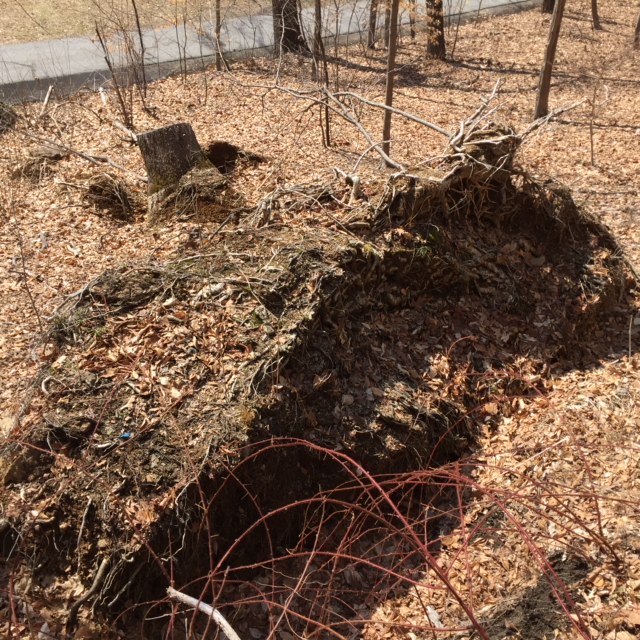My place may not be ideal for any of the typical outdoor recreation activities; however, my place is visited frequently as part of walks or even to just absorb the surrounding beauty of nature. There are distinct paths that indicate human (and canine) travel to the site. Additionally, since my site is a part of the University’s Centennial Woods Natural Area, it serves as an educational resource for students and members of the public alike. I do consider myself a part of my place.
Places are sculpted by every raindrop, every breeze and every frost. Just like these natural processes, my actions will forever be a part of the uniqueness of the place. I may not be as permanent as the ancient shale that can be found along the brook, but I am no less a part of my site as the mink that briefly swam in the Brooke or the Pileated Woodpecker who rested on the branch of an Eastern White Pine at my site. My new outlook of humans being a part of nature rather than detached agents will serve me as I connect to new sites in my hometown. When we consider ourselves as part of nature, we are more likely to tread lightly on the Earth.



































